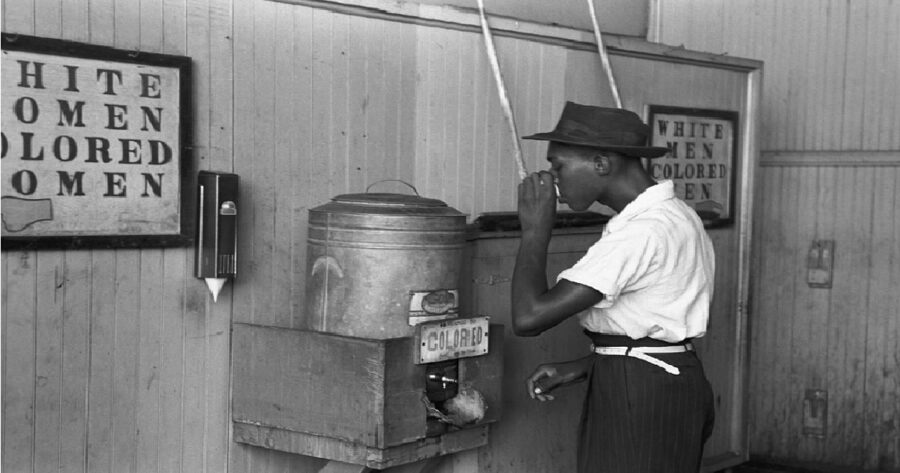Apartheid was a system of institutionalized racial segregation and discrimination that was enforced in South Africa from 1948 to 1994. The apartheid regime was characterized by the legal separation of different racial groups and the suppression of the rights of the non-white majority. The system was eventually dismantled after years of struggle and resistance, and South Africa is now a democratic country that is committed to equality and non-discrimination. That being said, racism in South Africa still remains rampant in the African nation.
However, there are still countries around the world that are considered to be practicing apartheid or have systems in place that are similar to apartheid. Some examples include:
- Israel: There are many who argue that Israel’s policies towards the Palestinian people, particularly in the occupied territories, amount to apartheid. These policies include the construction of the separation wall, the expansion of Israeli settlements in the West Bank, and the restriction of Palestinian movement.
- Western Sahara: Western Sahara is a disputed territory located in North Africa that has been occupied by Morocco since 1975. The Saharawi people, who are the indigenous inhabitants of Western Sahara, have been subjected to forced displacement, discrimination, and human rights abuses by the Moroccan authorities. Many consider the Moroccan occupation of Western Sahara to be a form of apartheid.
- Sudan: Sudan has a long history of racial and ethnic tensions, and the country was torn apart by civil war for decades. In 2011, South Sudan gained independence from Sudan, but the conflict in the region has persisted. There have been allegations of ethnic cleansing and human rights abuses.
The solution to apartheid is the promotion of equality, non-discrimination, and respect for the human rights of all people. This requires the dismantling of systems and policies that institutionalize racial segregation and discrimination and the establishment of policies and practices that promote the inclusion and empowerment of marginalized groups.
The process of ending apartheid in South Africa involved a combination of internal resistance, international pressure, and negotiations between the apartheid regime and anti-apartheid groups. The negotiations eventually led to the adoption of a new constitution and the establishment of a democratic system of government that is based on the principles of equality and non-discrimination.
The model used to “end” apartheid in South Africa may be applicable to other countries that are currently practicing apartheid or have systems in place that are similar to apartheid. However, the specific approach to ending apartheid will depend on the context and circumstances of each country. It may involve a combination of internal resistance, international pressure, and negotiations between the relevant parties. Ultimately, the goal should be the promotion of equality, non-discrimination, and respect for the human rights of all people.









